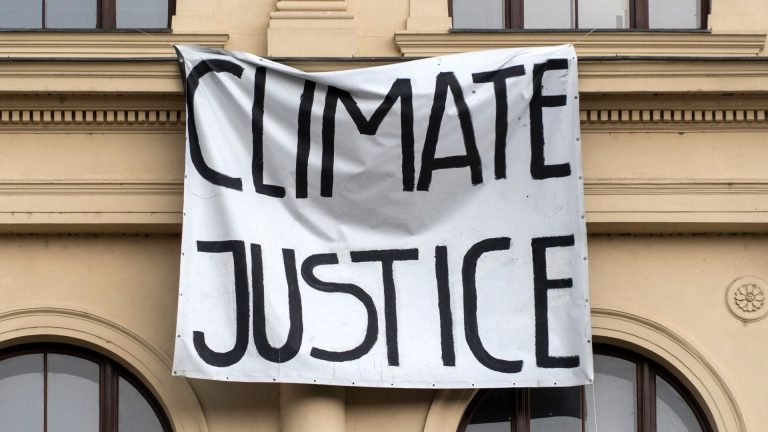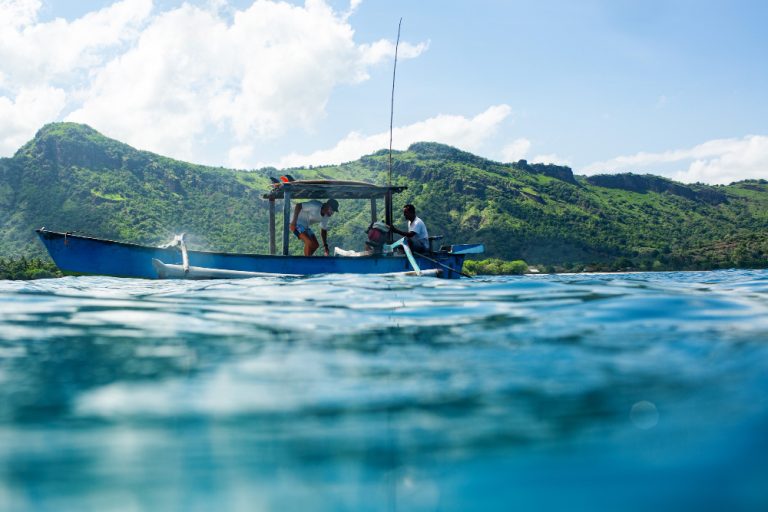In the quest for sustainability, Africa doesn’t have to look far for answers. Some of the most powerful ideas for driving progress—on food systems, climate action, and poverty reduction—are coming from fellow nations across the Global South. Welcome to South-South and Triangular Cooperation (SSTC): a force reshaping development thinking and igniting locally led transformation.
At its core, SSTC is about countries in the Global South—Africa, Asia, Latin America and parts of the Middle East—collaborating to solve common problems using shared resources, knowledge and innovations. When a third partner, such as a donor country or multilateral organization, steps in to support the process, that’s triangular cooperation.
Far from being a policy buzzword, SSTC is becoming a lifeline for rural communities across Africa navigating the triple threat of climate shocks, economic inequality, and food insecurity. It is also a reminder that sustainability is not something to be imported—it can and must be cultivated from within.
Why does this model matter now?
Because many countries in the Global South are grappling with overlapping challenges: erratic weather patterns, fragile ecosystems, youth unemployment, and over-reliance on basic exports. But they also share a well of underused knowledge, resilience, and ingenuity.
SSTC gives African nations a platform to tap into each other’s successes. From digital farming tools in Kenya to sustainable aquaculture in Southeast Asia, this type of cooperation unlocks practical, low-cost innovations that can be adapted quickly.
And unlike traditional donor-recipient models, SSTC is peer-led and respectful of local context. Solutions are tested in environments that mirror African realities—not boardrooms in the Global North. This makes them more scalable and sustainable.
Across the continent, examples of SSTC are beginning to multiply—each one a testament to how collaboration across the Global South can seed lasting impact.
-
In Tanzania, smallholder farmers increased their sunflower oil output with processing technologies and training sourced from China. By building cross-border trade links with neighboring countries, the farmers were able to grow regional economies.
-
In Ghana and Nigeria, youth-led enterprises are now using cage aquaculture techniques learned from Chinese partners. This method reduces climate risk and opens new doors for blue economy growth—an emerging frontier for Africa.
-
In Zambia, community savings groups have been linked to formal banks through mobile platforms—a solution inspired by fintech models in South Asia. This improves rural women’s access to finance and strengthens local resilience.
These stories are not outliers—they are signs of what’s possible when knowledge flows across shared experiences, not imposed models.
Triangular Cooperation
Triangular cooperation builds on South-South efforts by adding a third actor—often a donor or multilateral organization—that offers financing, policy support or technical expertise. The difference? The South still leads the way.
IFAD’s China-Africa initiatives offer a prime example. Through its South-South Facility, IFAD has funded joint projects that help African youth build climate-smart agribusinesses using lessons from Chinese farmers. These are not copy-paste solutions—they are carefully tailored to local needs.
Meanwhile, in Kenya and Rwanda, a joint UN initiative is helping governments source food for school feeding programs from small-scale farmers—creating local demand, improving children’s nutrition, and ensuring rural economies benefit first.
This model reinforces the idea that aid doesn’t have to mean dependence. It can be a bridge toward autonomy, with sustainability as the destination.
Africa’s sustainability journey is deeply tied to community action, regional integration, and long-term resilience. SSTC supports all three.
-
It empowers rural people to become co-creators of change—not just beneficiaries.
-
It reduces environmental footprints by promoting local technologies and traditional practices.
-
It builds regional solidarity, especially around cross-border issues like climate resilience and food security.
-
And most importantly, it keeps solutions grounded in African soil—literally and figuratively.
As we look ahead, SSTC could be the cornerstone of how Africa tackles Agenda 2063 and the SDGs—on African terms, with African ingenuity.
The beauty of SSTC lies in its simplicity: countries learning from each other, not competing; sharing, not withholding. For Africa, this is more than cooperation—it’s a strategy for sovereignty in sustainability.
It’s time to move past viewing development as a north-to-south transaction. The real momentum is coming from the South itself—where lived experiences, not imported ideologies, are shaping the future.














